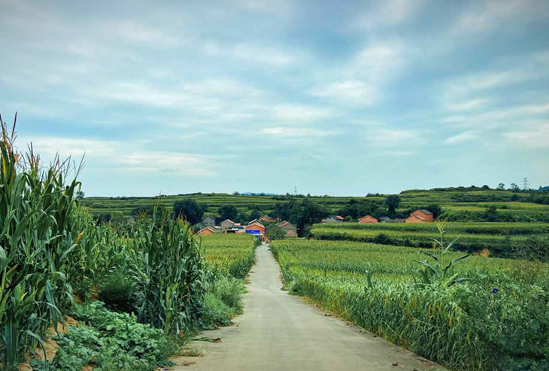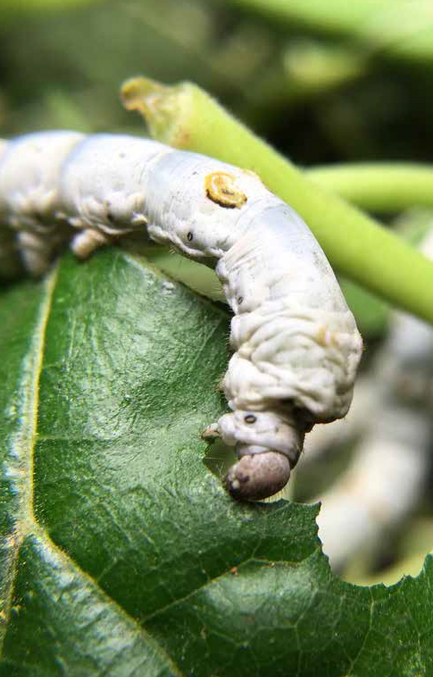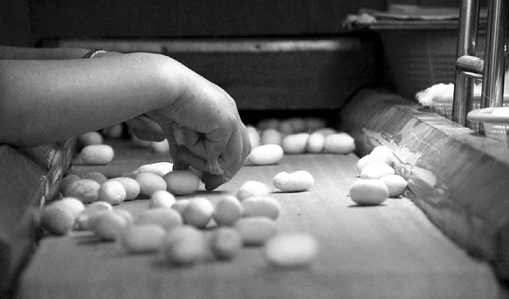CHARACTERISTIC
In the folded arms of the Taihang Mountains, mulberry groves sprawl into an emerald sea. In the haze of late spring and early summer, sericulturists’ fingertips brush through mulberry leaves, their sleeves damp with dew as they gather foliage glossy like jade. Here, the silkworms drink the gentle waters of southeastern Shanxi and feed on mulberry leaves nurtured by selenium-rich soil, their cocoons condensing into rounded jade-like ovals, each holding the secret language of millennia.


The cocoons of Taihang, cloaked in moonlit shells, produce a sound like a mountain spring when lightly tapped. Silk-reelers immerse them in clear water; as it boils like a quivering lute string, the silk unfurls in arcs reminiscent of a cascading galaxy. A single cocoon yields over 1,200 meters of filament—threads as fine as mist yet strong as ancient vines, shimmering with a pearl-like luster in the sunlight. This is the earth’s meridians, a celestial thread woven from the whispers of the mountains and streams of southeastern Shanxi.

When Lu silk artisans cradle these strands, their fingertips trace the tremor of mulberry leaves in the spring breeze and the rhythm of silkworms feeding, rustling like soft rain. This silk is no longer the weightless mist of the Jiangnan region, but a fabric imbued with the grandeur and depth of northern landscapes. As Lu silk drapes over the skin, it feels like tracing the ridges of Taihang, hearing the silkworms’ rustling brushstrokes upon mulberry leaves—every fold holding an entire season of southeastern Shanxi.




